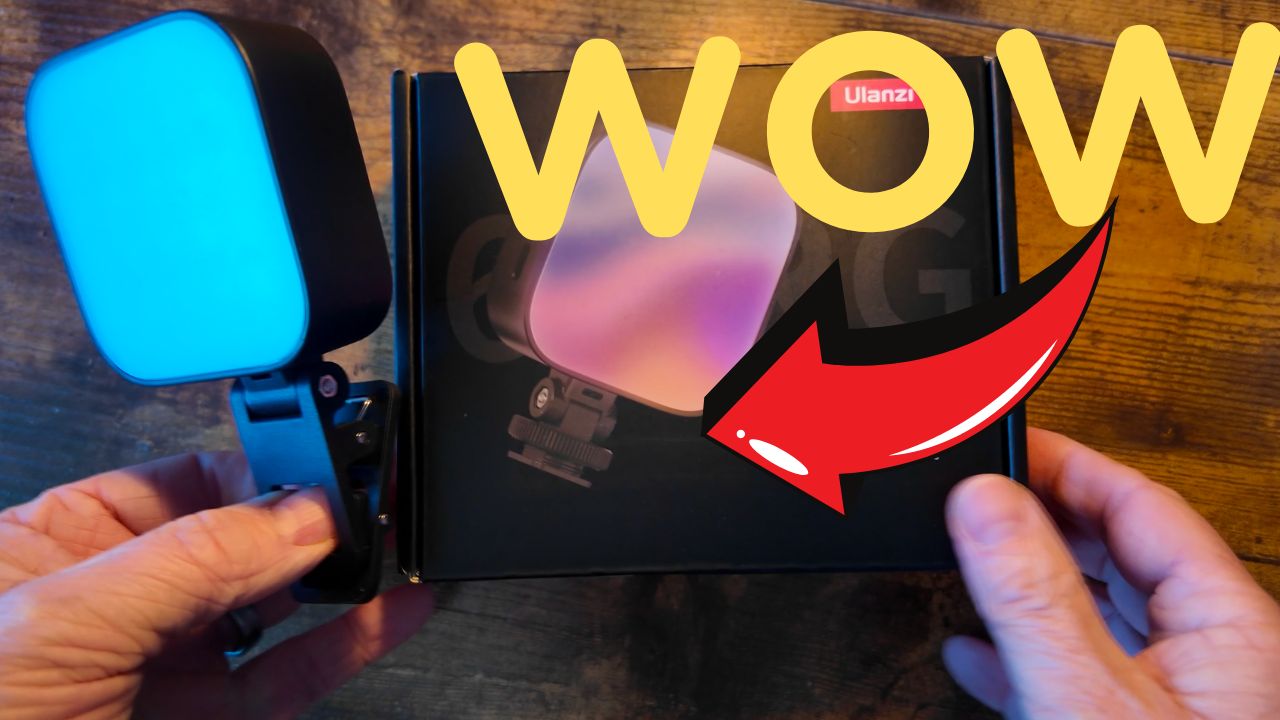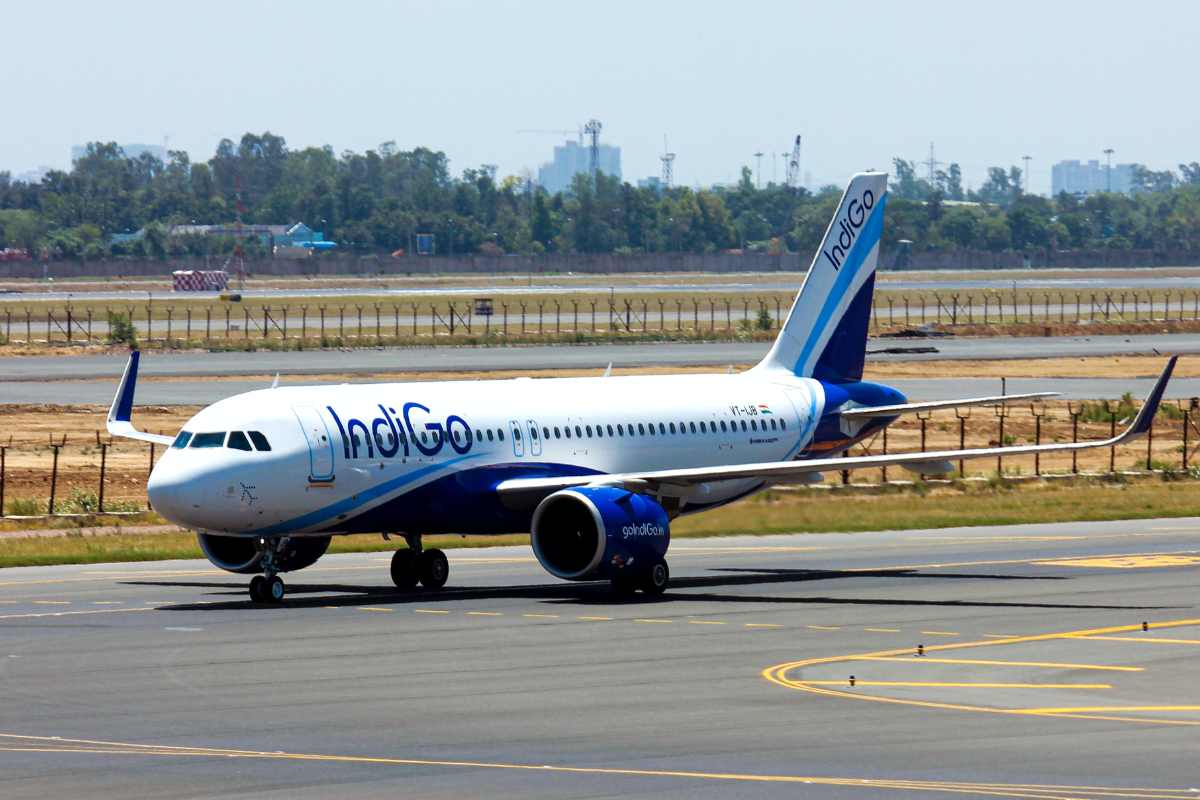As a traveler or photographer, you might be concerned about the potential effects of airport security on your Fujifilm products.
Airport techniques, such as X-rays and CT scanners, can indeed impact undeveloped film and photos. To ensure the protection of your precious memories, there are specific precautions you should take when traveling with film.
While Fujifilm can go through airport security, you are encouraged to carry your film in your carry-on baggage rather than checked luggage.
Additionally, it is a good practice to request hand inspection of your film and photographs, regardless of their sensitivity, to minimize potential damage caused by radiation from the security scanning process.


Airport Security and Fujifilm
TSA Regulations
When traveling with Fujifilm, it’s essential to consider TSA’s guidelines. Generally, you can bring disposable cameras and Fuji films in your carry-on luggage, and it’s advised to request a hand inspection at the security checkpoint.
For an efficient screening process, pack your cameras in a transparent bag and place them in an easily accessible location inside your bag.
X-Ray Machines
One common concern with Fujifilm is the potential damage caused by airport X-ray machines. Though airport security X-ray machines don’t typically ruin FujiFilm, undeveloped film rated at ISO 800 or higher might be particularly susceptible to damage.
To prevent any harm, always ask the airport security personnel to hand-inspect your film during the screening process.
Effects on Film and Cameras
Radiation and Image Quality
Airport security scanners use X-rays which can damage film, potentially causing streaking and fogging in your photos.
It’s recommended to present your film packs and cameras to airport security personnel for visual inspection to avoid these issues.
Digital and Film Cameras
If you’re using digital cameras, whether it’s a DSLR, mirrorless, or a 35mm camera, the X-rays from airport scanners won’t affect the images stored on the memory card.
However, unprocessed film can be negatively impacted by radiation, so it’s essential to take precautions with your film-based cameras.
Protecting Your Film and Equipment
As a passionate photographer using Fujifilm, it’s crucial to take necessary precautions while traveling to ensure the safety of your film and equipment.
Carry-On vs Checked Luggage
For all types of Instax and photographic film, we recommend you to store them in your carry-on baggage. This helps avoid damage that could occur in your checked luggage.
Fujifilm itself advises never to pack your instant film, cameras, or smartphone printers with loaded film in your checked baggage. Empty Instax cameras or smartphone printers, however, can be checked without any negative effect.
Hand Inspection
Always carry your undeveloped film in a carry-on bag when going through airport security. Request for hand inspection of your undeveloped film, regardless of film sensitivity.
As mentioned, be aware that scanners may still damage film under 800 ISO, so asking for hand inspection serves as an added layer of precaution.
Additional Tips for Traveling with Film
Dealing with X-Ray Scanners
Keep in mind that most airport x-ray scanners are safe for your film.. However, some airports are now using new CT Scanners, which can damage unprocessed film. When going through airport security, you can protect your film by requesting a hand check from the TSA officials. This will help prevent any potential damage caused by the scanners.
Packing Advice
To ensure the safety of your film, pack all unprocessed film and disposable cameras in heavy-duty clear plastic bags. It is best to keep your film in its original canisters and wrappers to easily identify them during the security check.
If you are worried about your Instax film, consider using a filmguard bag to reduce the risk of fogging due to airport scanning. This can be a great alternative to pricey lead-lined bags. Also, remember to store your memory cards in a separate bag to protect them during your travels.


Emerging Technologies and Their Impact
CT Scanners
CT scanners are being employed by airports to enhance security measures. These scanners utilize advanced algorithms to detect potential threats by creating 3-D images that can be rotated 360 degrees for thorough analysis.
However, CT scanners may cause undesirable effects on certain types of film, such as Fujifilm instant film. Instances of fogging, shadow-area distortion, and poor image reproduction could arise after just one pass through the scanners.
In cases where you are traveling with undeveloped film rated at 800 speed or above, consider requesting a hand check for your film to minimize potential damage.
Metal Detectors
Metal detectors are a longstanding staple in airport security technology. While they are effective at detecting metallic objects, it is important to stay ahead of emerging technology that may evade current detection systems.
Advancements in technology have introduced the possibility of 3D-printed weapons and homemade plastic explosives. To combat these threats, airports must continue to evolve their security measures and stay informed of the latest developments in detection technology.



